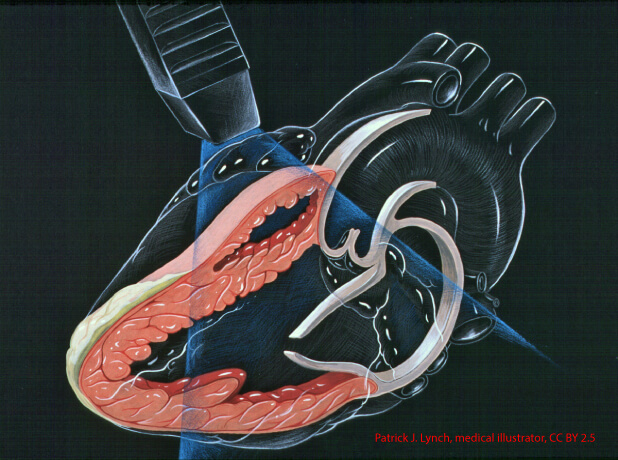
Abstract
Focused cardiac ultrasound is an important aspect of the comprehensive management of patients with cardiac arrest, especially in patients selected for extracorporeal cardiopulmonary resuscitation (eCPR). It guides physician during this very urgent state on the quality of cardiopulmonary resuscitation (CPR), on assessing the correct position of both venous and arterial cannulas, on identifying possible (reversible) causes of the arrest and contributes to prognostication and thus directly influences the patient management. Transoesophageal echocardiography (TOE) offers a wide range of (practical) advantages over a transthoracic examination and is therefore the preferred imaging technique in this acute setting. In this article, we review a five-step practical TOE approach to an eCPR patient (Figure 1), used to optimize the efficiency, quality, and eventually outcome of eCPR. The feasible four-view protocol used during this approach consists of the midoesophageal four-chamber view (ME 4C), the midoesophageal long-axis view (ME LAX), the midoesophageal bicaval view (ME BC), and the transgastric short-axis view (TG SAX). After veno-arterial extracorporeal membrane oxygenation (V-A-ECMO) start-up, we also acquire the transgastric long-axis view (TG LAX) (Figure 1).
